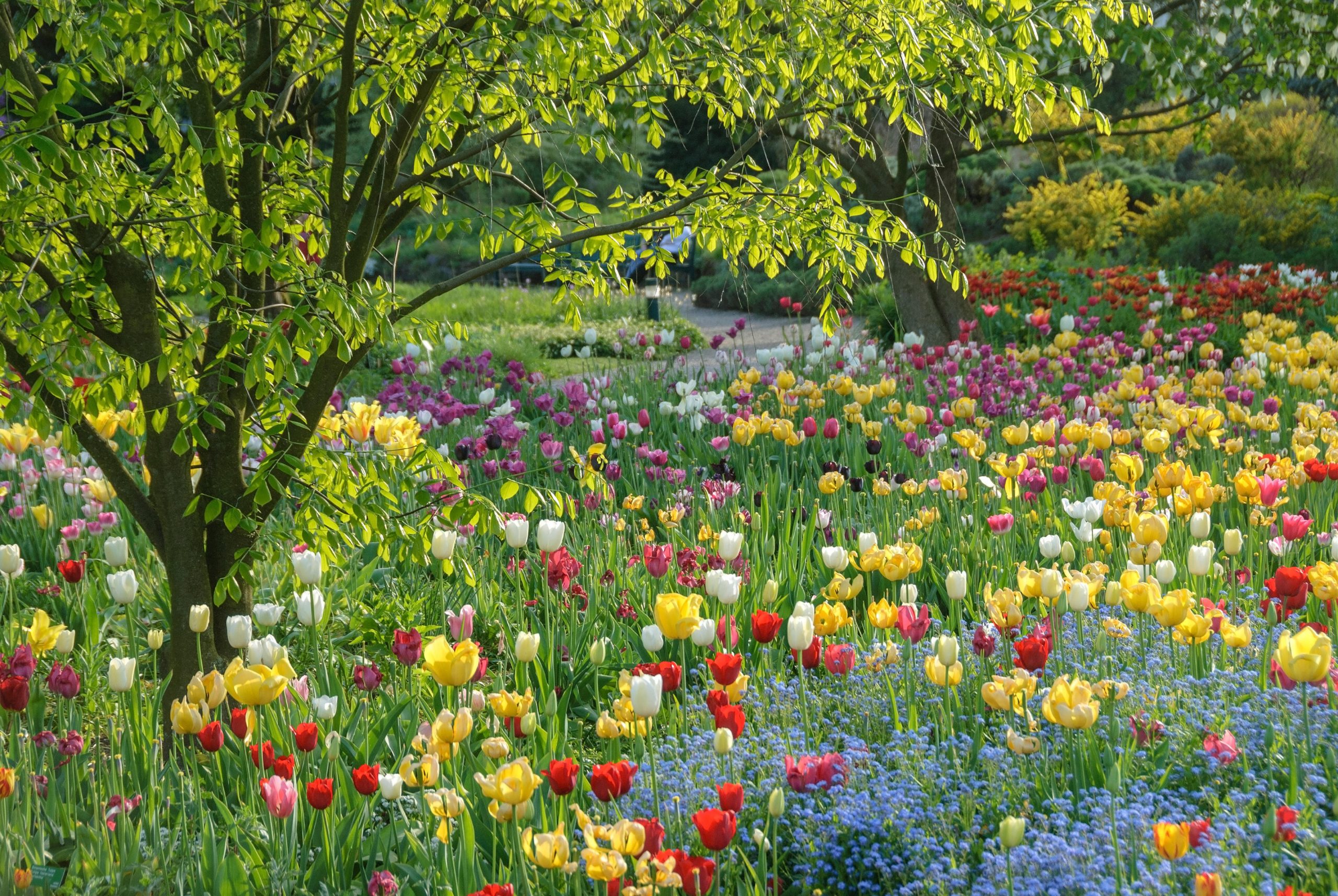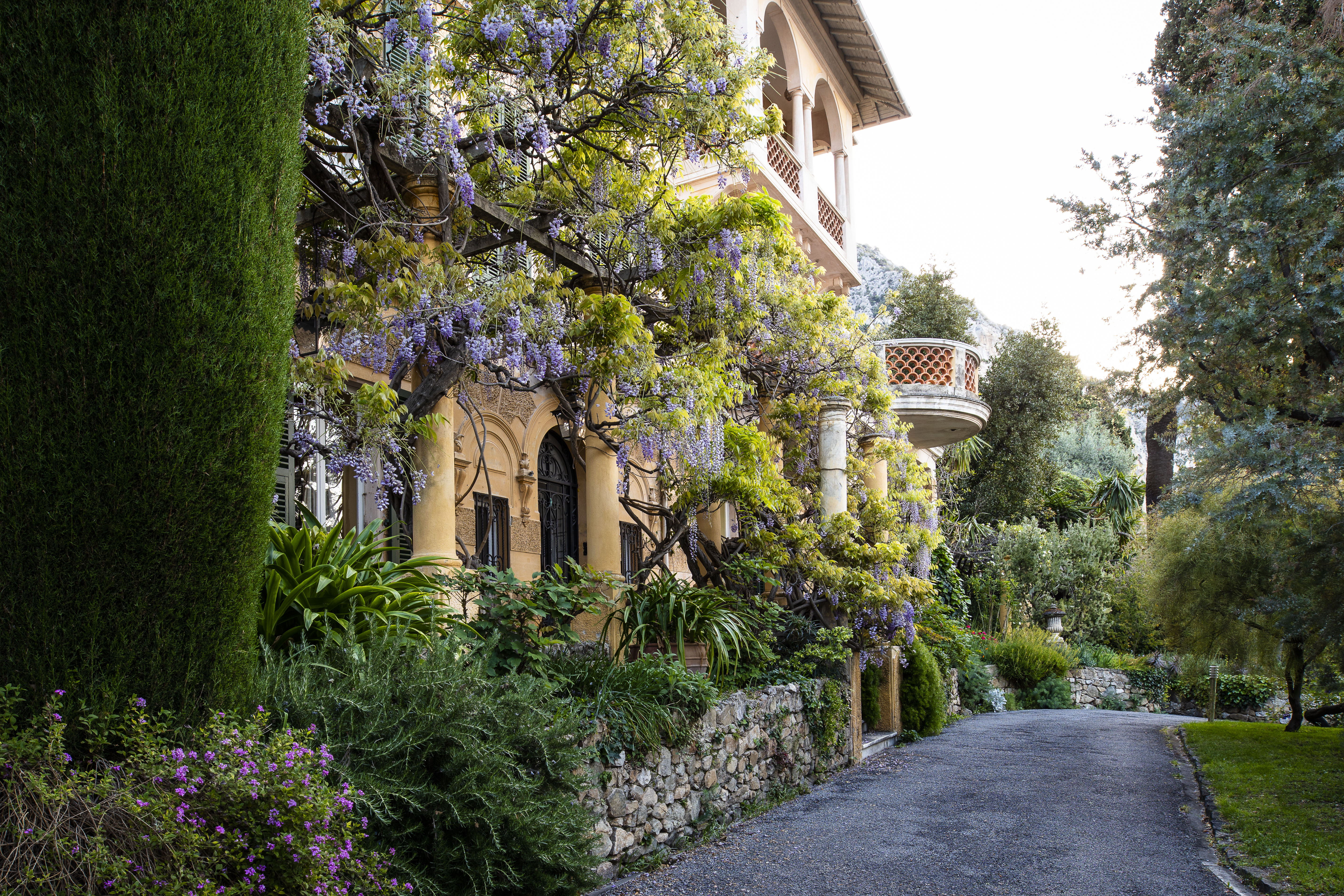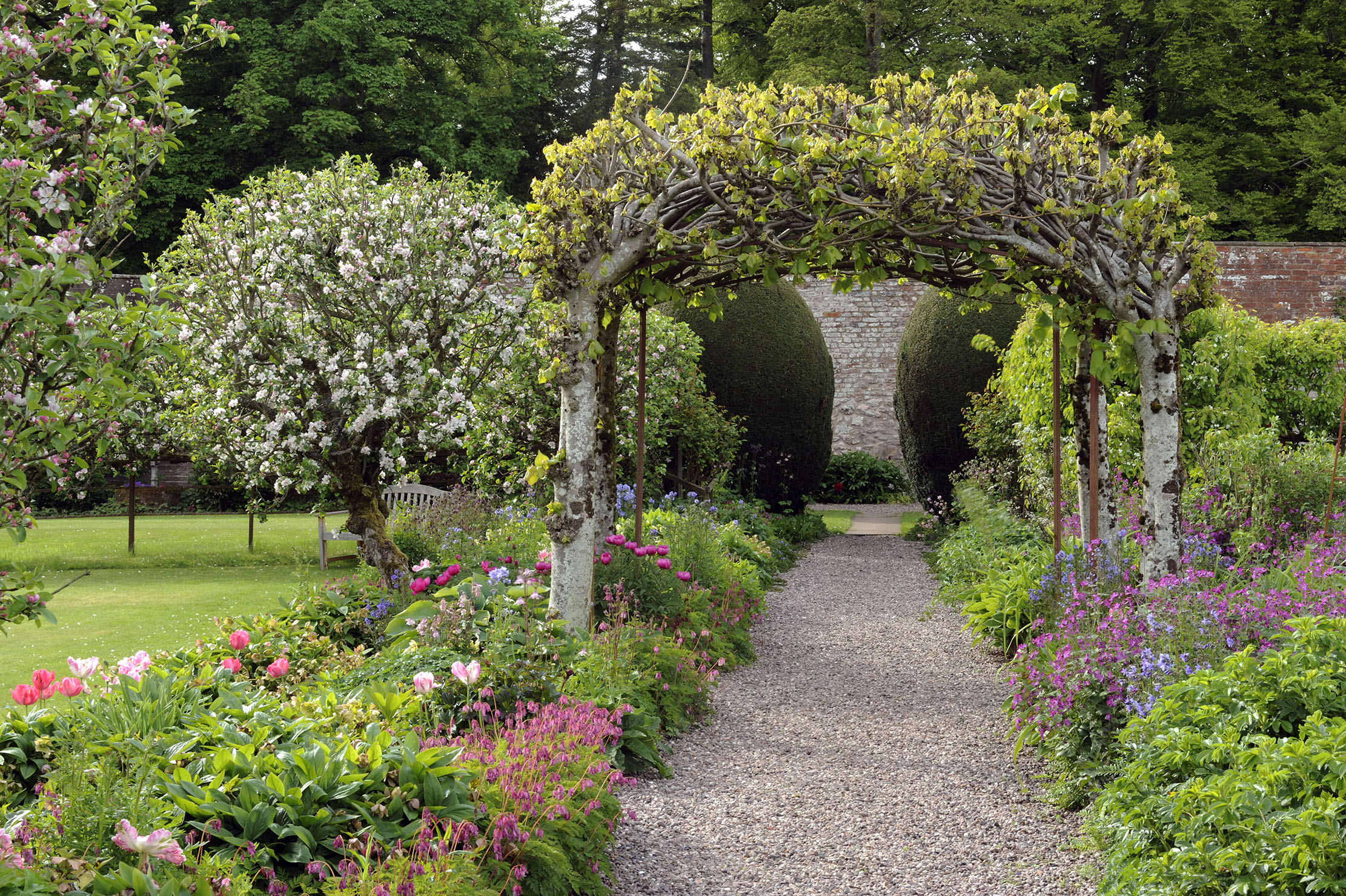Charles Quest-Ritson: What English country gardeners can learn from their German counterparts
Charles Quest-Ritson has spent years making trips to Germany to gather ideas and new plants — but is puzzled that nobody back in Britain has been able to replicate their most famous garden style.


Fear not: I am not going to tell you that the German way of using herbaceous plants is better than ours. On the contrary, it’s simply different.
Twenty years ago, I wrote a guide to German gardens. It gave me the opportunity to spend a year looking at gardens, old and new, in every region from the Baltic to the Alps. I had visited a few German gardens from time to time, but I had no idea that so much of historical, botanical and horticultural interest was to be found.
Like many Brits of my generation, I had been brought up to believe that Germany was a cultural desert (apart from music) and that Goering had said ‘when I hear the word “culture”, I reach for my machine gun’. The quote was British propaganda, but many people who went through the Second World War believed it told them something about Germany and the Germans. Not so: I found the Germans to be charming, civilised, courteous and helpful. I still do.
"I kept meeting plants not grown in England and coming away with long lists of goodies that I wanted to grow myself."
I was completely bowled over by Germany’s historic gardens: Schwetzingen, Herrenhausen and, above all, the spectacular complex of parks and gardens in Potsdam and nearby Berlin.
I discovered that the landscape movement had developed new forms of compelling beauty in Germany well into the 19th century, long after the English had forgotten it. I was also struck by the number and excellence of German botanic gardens and their glasshouse collections. I kept meeting plants not grown in England and coming away with long lists of goodies that I wanted to grow myself.
Yet what everyone in England wanted to ask me about was the so-called New Perennial style.
It was first developed by Potsdam nurseryman Karl Förster and his disciples a century ago. In the early years, it involved planting large quantities of herbaceous plants in an apparently random arrangement that allowed the plants to grow, spread and seed around in imitation of a natural distribution. By the time I started studying these plantings, their selling point was that they need much less maintenance than traditional herbaceous borders.
Exquisite houses, the beauty of Nature, and how to get the most from your life, straight to your inbox.
In the event, I discovered that caring for them demands the same level of commitment in time and money as Jekyllesque plantings in England. Weeds such as thistles and bindweed establish themselves as quickly in Germany as in our own gardens. If one fails to intervene, the more vigorous plants smother the rest. Winner takes all.
I have never seen a really successful German-style planting in England. Designers do not make allowances for the differences of climate. As Matthew Pottage, the energetic curator of Wisley, says: ‘There are only so many days in our soggy, dull winters when decaying seed heads look uplifting.’ Truth to tell, the RHS’s own new-style borders at Wisley are dull beyond words and, I thought on a recent visit, badly maintained, too. You can’t plant a matrix of vigorous no-trouble herbaceous plants and expect them to look after themselves.
"I never tire of visiting it — so many and so stimulating are the ideas that it puts into practice"
The best herbaceous plantings I know of in Germany are in Munich’s Westpark. So thick is the mass of brightly coloured rudbeckias and Michaelmas daisies in September that you wonder what will follow in spring. When you go back in May, you discover a wealth of dwarf irises and, in summer, waves of peonies and geraniums, planted with a broad brush. Succession planting on a big scale.
But the German style of planting is not a monolith. There are different schools of thought within the general commitment to greater naturalism than we practise in Britain. Some imitate natural habitats in different parts of Germany and further afield. Others ‘cheat’ with annuals and bedding plants. The prairie-style gardens at Grugapark in Essen are outstanding, but they rely upon seasonal additions of half-hardy succulents in summer. They have less to offer in winter.
The best garden for an insight into modern thinking about plants and plantings is Hermannshof in Weinheim. You will find a large number of plant communities that work well together because they provide harmony within their groupings and a sequence of different combinations through-out the year. The North American borders of late-summer scarlet, orange and yellow members of the daisy family morph into a massive display of tulips in spring. I never tire of visiting it — so many and so stimulating are the ideas that it puts into practice.
The same is true of England’s best experimental gardens, such as Great Dixter. If truth be told, it is the great historic gardens that draw me back to Germany year after year. And the charm of the people, of course.

Le Clos du Peyronnet, France: The legendary English Riviera garden of William Waterfield
Charles Quest-Ritson visits the best English garden on the French riviera. Photographs by Claire Takacs.

Credit: Val Corbett for the Country Life Picture Libary
Charles Quest-Ritson: Moving back to an English country garden has been a joy — but we do miss the cheese
Giving up life on the Cherbourg peninsula to return to England has brought huge happiness to Charles Quest-Ritson — but

Credit: Alamy
A moorland splashed with heather makes our hearts leap — so why don't we grow it any more?
Charles Quest-Ritson looks at how heather has gone out of fashion — and wonders what we can do about it.
Charles Quest-Ritson is a historian and writer about plants and gardens. His books include The English Garden: A Social History; Gardens of Europe; and Ninfa: The Most Romantic Garden in the World. He is a great enthusiast for roses — he wrote the RHS Encyclopedia of Roses jointly with his wife Brigid and spent five years writing his definitive Climbing Roses of the World (descriptions of 1,6oo varieties!). Food is another passion: he was the first Englishman to qualify as an olive oil taster in accordance with EU norms. He has lectured in five languages and in all six continents except Antarctica, where he missed his chance when his son-in-law was Governor of the Falkland Islands.
